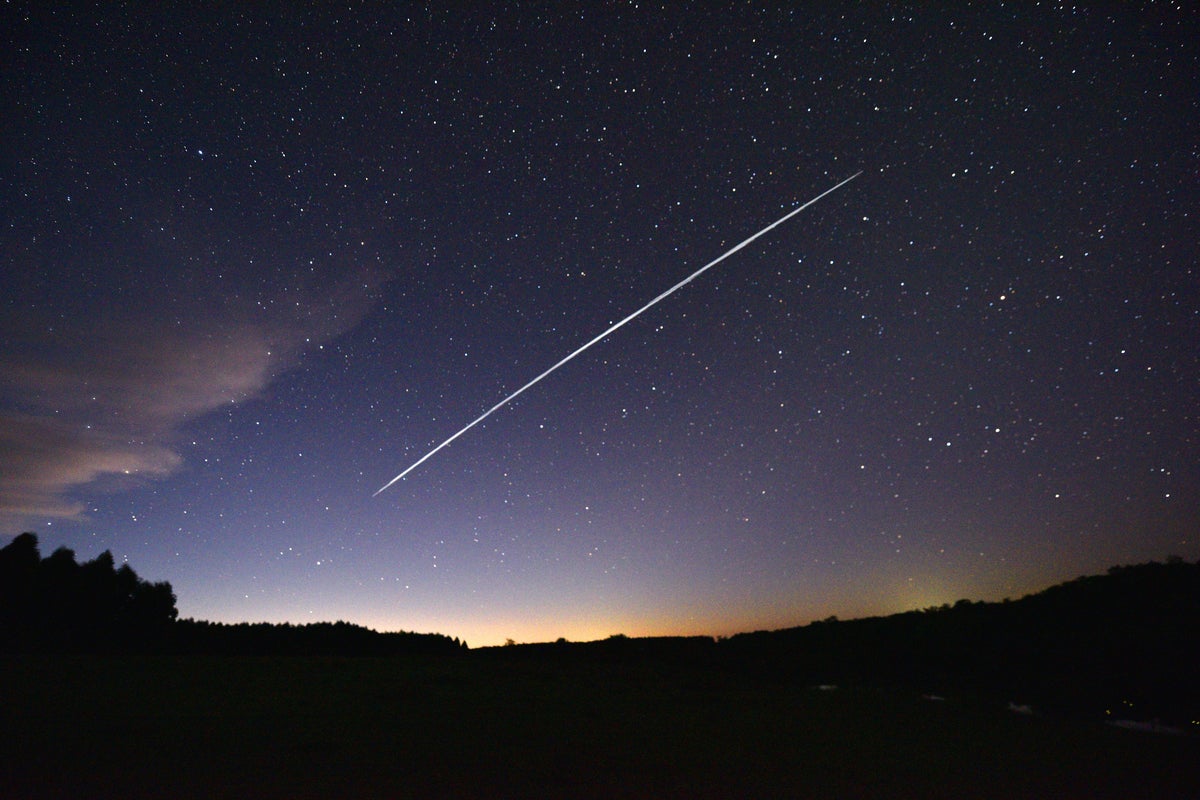The rush for faster and more widely available internet is making it harder to understand the cosmos, according to scientists.
SpaceX’s Starlink satellites are intended to circle the Earth and offer fast internet in regions that might otherwise be underserved. The company has launched thousands of them in recent years, with a view to covering the planet with signals.
But researchers have found that the satellites are interfering with radio astronomy, getting in the way of astronomers’ view of space.
The satellites leak out unintended signals that drown out the often very faint radio waves that astronomers use to see the universe.
The new work from Curtin University looked specifically at SpaceX’s Starlink because it has the most satellites in orbit. But a number of other companies are looking to use satellites to offer faster and more widely available internet.
In the research, scientists gathered 76 million images of the sky using an early version of the Square Kilometre Array, which will be the world’s biggest and most sensitive radio telescope when it is finished later this decade.
In that data, scientists found more than 112,000 radio emissions from 1,806 Starlink satellites. Those emissions could make it much more difficult for scientists to see the important radio signals that they rely on.
“Starlink is the most immediate and frequent source of potential interference for radio astronomy: it launched 477 satellites during this study’s four-month data collection period alone,” said Dylan Grigg, who led the study.
“In some datasets, we found up to 30 per cent of our images showed interference from a Starlink satellite.”
Many of those signals were not being intentionally emitted from the satellites, and come more strongly at different frequencies than expected. That could make it difficult for researchers to pick them out.
“Some satellites were detected emitting in bands where no signals are supposed to be present at all, such as the 703 satellites we identified at 150.8 MHz, which is meant to be protected for radio astronomy,” Mr Grigg said.
“Because they may come from components like onboard electronics and they’re not part of an intentional signal, astronomers can’t easily predict them or filter them out.”
That interference could eventually keep us from understanding deep truths of the cosmos, the researchers warned.
“We’re standing on the edge of a golden era where the SKA will help answer the biggest questions in science: how the first stars formed, what dark matter is and even test Einstein’s theories,” said Steven Tingay, who helped author the study.
“But it needs radio silence to succeed. We recognise the deep benefits of global connectivity but we need balance and that starts with an understanding of the problem, which is the goal of our work.”
